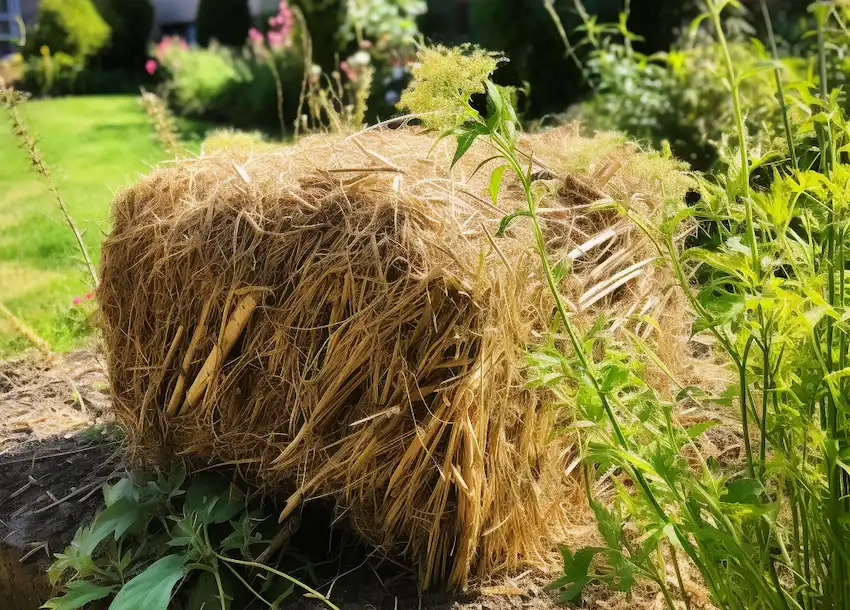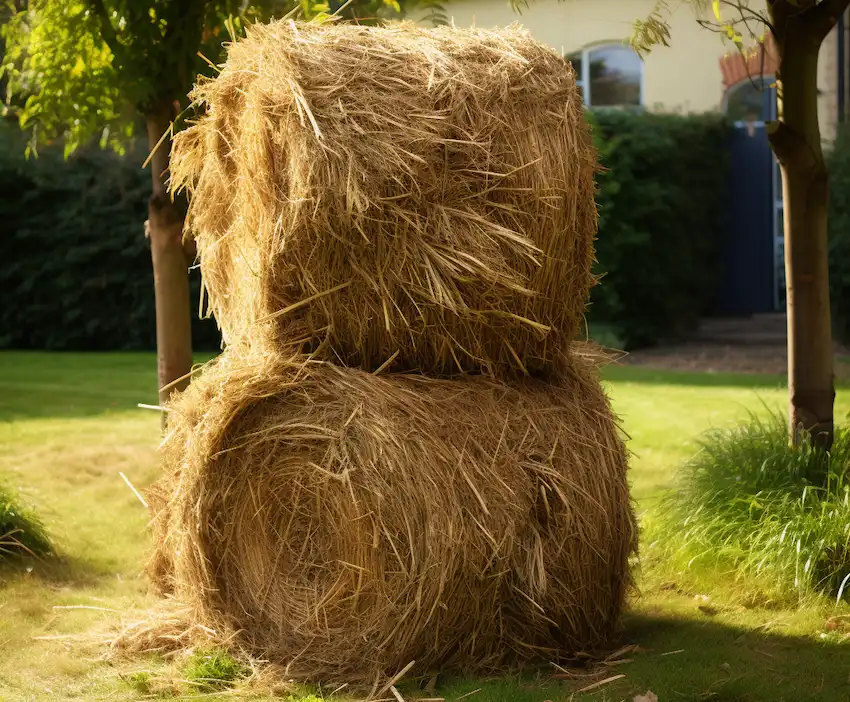Straw Bale Gardening Mistakes: Avoid These Common Pitfalls for a Bountiful Harvest
Straw bale gardening, an innovative method of growing plants in decomposing straw bales, has been lauded for its simplicity and efficiency. However, as with any gardening technique, it comes with its own set of potential pitfalls. Understanding and avoiding these common mistakes can ensure a successful and bountiful harvest.
1. Choosing the Wrong Type of Bale
Not all straw bales are created equal. The first mistake many gardeners make is using hay bales instead of straw bales. Hay, often confused with straw, contains seeds that can lead to an unwanted weed problem. Straw, on the other hand, is generally seed-free and more suitable for gardening.
2. Inadequate Conditioning

Proper conditioning is crucial for turning a straw bale into a rich, decomposing medium suitable for plant growth. This process, which typically takes about two weeks, involves regular watering and the application of a high-nitrogen fertilizer to kickstart decomposition. Skipping or shortchanging this step can lead to poor plant growth and lower yields.
3. Over or Under Watering
Water management is key in straw bale gardening. Bales need to be kept consistently moist, but overwatering can lead to mold growth and nutrient leaching. Conversely, under-watering can halt the decomposition process, making the bales inhospitable for plant roots. Using a drip irrigation system or a soaker hose can help maintain the right moisture balance.
4. Neglecting Bale Placement
Location is everything. Placing bales in an area with inadequate sunlight or exposure to harsh elements can be detrimental to plant growth. Most vegetables need at least 6-8 hours of direct sunlight. Additionally, consider wind exposure and accessibility for watering and maintenance.
5. Failing to Secure Bales Properly
Straw bales can become quite heavy and unstable as they decompose and absorb water. Failing to secure them properly can lead to bales breaking apart or toppling over. Positioning them on a flat surface and using stakes or a supportive framework can prevent these issues.
6. Overcrowding Plants
While straw bale gardening is known for its efficient use of space, overcrowding can lead to competition for nutrients and sunlight. This mistake can stress plants, making them more susceptible to disease and pests. Proper spacing, according to the specific needs of each plant, is essential.
7. Ignoring pH Levels
Straw bales can have varying pH levels, depending on the type of straw and the conditioning process. Some plants are particularly sensitive to pH imbalances. Regular testing and adjustments, if necessary, can ensure an optimal growing environment.
8. Neglecting Pest and Disease Control
Just like in traditional gardening, straw bale gardens are not immune to pests and diseases. Regular inspections and proactive measures, such as using natural pest repellents and removing affected plants, are important.

9. Forgetting to Add Support for Climbing Plants
Vines and other climbing plants thrive in straw bale gardens but require proper support. Neglecting to provide trellises or stakes can lead to unruly growth and potentially damage the structural integrity of the bales.
10. Overlooking the Importance of Mulching
Mulching the top surface of the bale can help retain moisture, suppress weeds, and add an aesthetic appeal. It also helps to insulate the bale, keeping the internal temperature steady, which is vital for root development.
Straw bale gardening is a rewarding endeavor, but it requires attention to detail and an understanding of the unique challenges it presents. By avoiding these common mistakes, gardeners can reap the full benefits of this innovative gardening method, enjoying a diverse and abundant harvest.



















